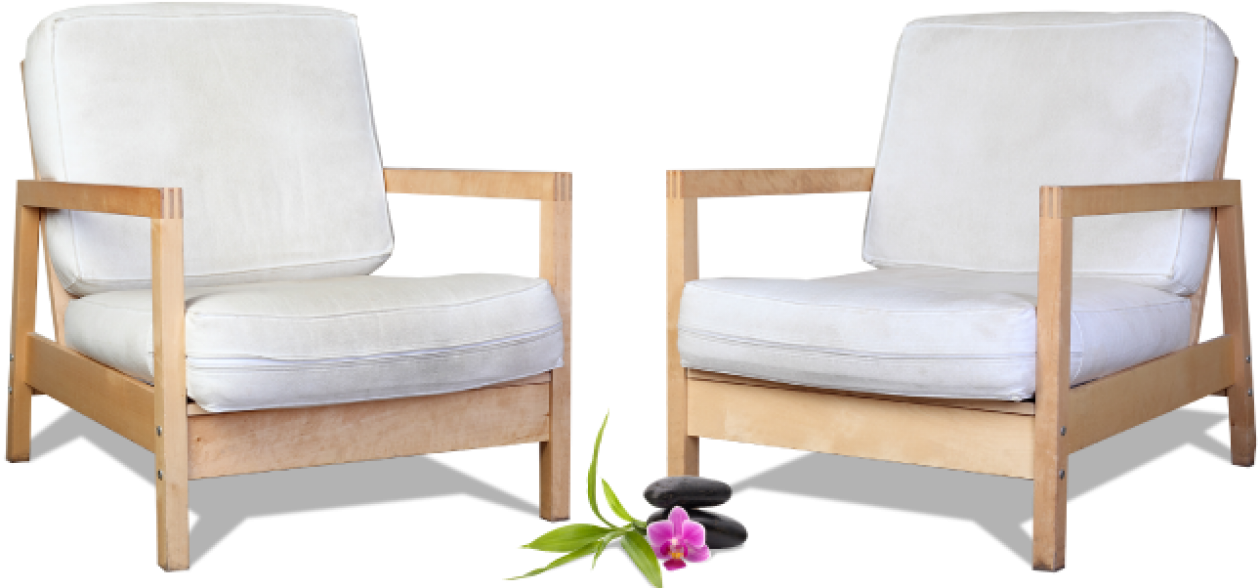Polyvagal Theory applied in psychotherapy
Polyvagal theory is a well established form of neurological research originating from the work of Dr Stephen Porges. It studies the bodies neurological responses in relation to fear, stress, trauma and anxiety in a new and ground breaking way, while being well researched and evidence based. Polyvagal theory maps out how advanced mammals have several layers of defensive response. These normally kick in in descending order, but repeated trauma or abuse teaches the client to go to the one that has worked most effectively in order to survive their particular experience. Thus if fighting worked, that will produce aggression faster than normal, if the client had no way to fight back, disassociation and becoming disorientated (which reduces awareness and reduces how we feel pain) will kick in easier.
- Social engagement mediates and controls stress response if not excessively fearful
- Typical emergency response if that fails is Fight and Flight
- Back up primitive response is disassociation, possibly with fainting, seizures and disorientation
Using Polyvagal theory
Polyvagal theory has implications for how persons with anxiety and in particular PTSD – Post traumatic stress disorder, process the environment and human interactions. It explains many of the complex interactions with triggers and hyper arousal or hyper vigilance and gives insight into how these can be used and managed within the therapy process.
The research has far ranging consequences in the avoidance of certain sensory inputs, and promotion of others.
What inputs are detrimental?
Some inputs are hard wired in our brains as signals associated with stress and danger, for example certain low frequency sounds. Others are hard wired as positive such as melodic and fluctuating higher frequency sounds such as a lullaby.
How do sounds interact with our interaction and arousal
This is quite complex, but a simplified explanation would be that the right sounds encourage social interaction, a dropping of automatic defences and calm mindfulness, all of which assist therapy, and in turn physiologically cause an increase in noticing those positive trigger sounds (via a mechanism in the inner ear partly triggered by facial responses to emotion). Conversely if stimulated by negative triggers, these have a feedback loop increasing stress response. Therefore by increasing the positive exposure, the body learns to relax, and be less stress aroused.
How does the therapist manage the triggers and change this physiological response?
There are a number of methods, including reading the facial expressions that indicate emotions, and triggering the response known as the social engagement system through body language and social engagement within session. This can be through leading and pacing, mirroring and other methods that NLP practitioners often use. It can also be through using conversational hypnosis based methods of voice modulation, using what in polyvagal theory is called prosody (a type of voice adaptation using modulation of tone and frequency with a fairly gentle range of volume). These methods have been known to work in NLP and conversational hypnosis for some time, but the neurological reasons why are only know becoming clear.
Who provides this method at Scotlandtherapy?
Stuart studied neurology as a key area in his MSc Psychology, and is trained and accredited (NACHP) in Psychoanalysis, psychotherapy, counselling, and hypnotherapy (including conversational hypnosis). He has also trained in NLP and in psycho-education.
Key terms
PSTD, Post traumatic Stress Disorder, Anxiety response, Panic Attacks, Anxiety attacks, Panic disorders, Anxiety Disorders, Fear Response, Neurological responses to fear, Physiological responses to fear, using neurology to guide therapy, psychotherapy, counselling, psychoanalysis, hypnotherapy, conversational hypnosis, NLP, psychological education, psychology, Edinburgh, Falkirk, Glasgow, Scotland, psychotherapist, psychoanalyst, analyst, counsellor, hypnotherapist
